As someone utterly captivated by rose documentation, I've visited countless gardens in pursuit of the perfect specimen list. But few places have impressed me quite like the Rose Garden at Pembroke Lodge in Richmond Park. While my previous post about the Pembroke Rose Garden covered the garden's rich history and stunning photography opportunities, today I'm diving deep into what truly makes this collection extraordinary: the roses themselves, and the remarkable way they're documented.
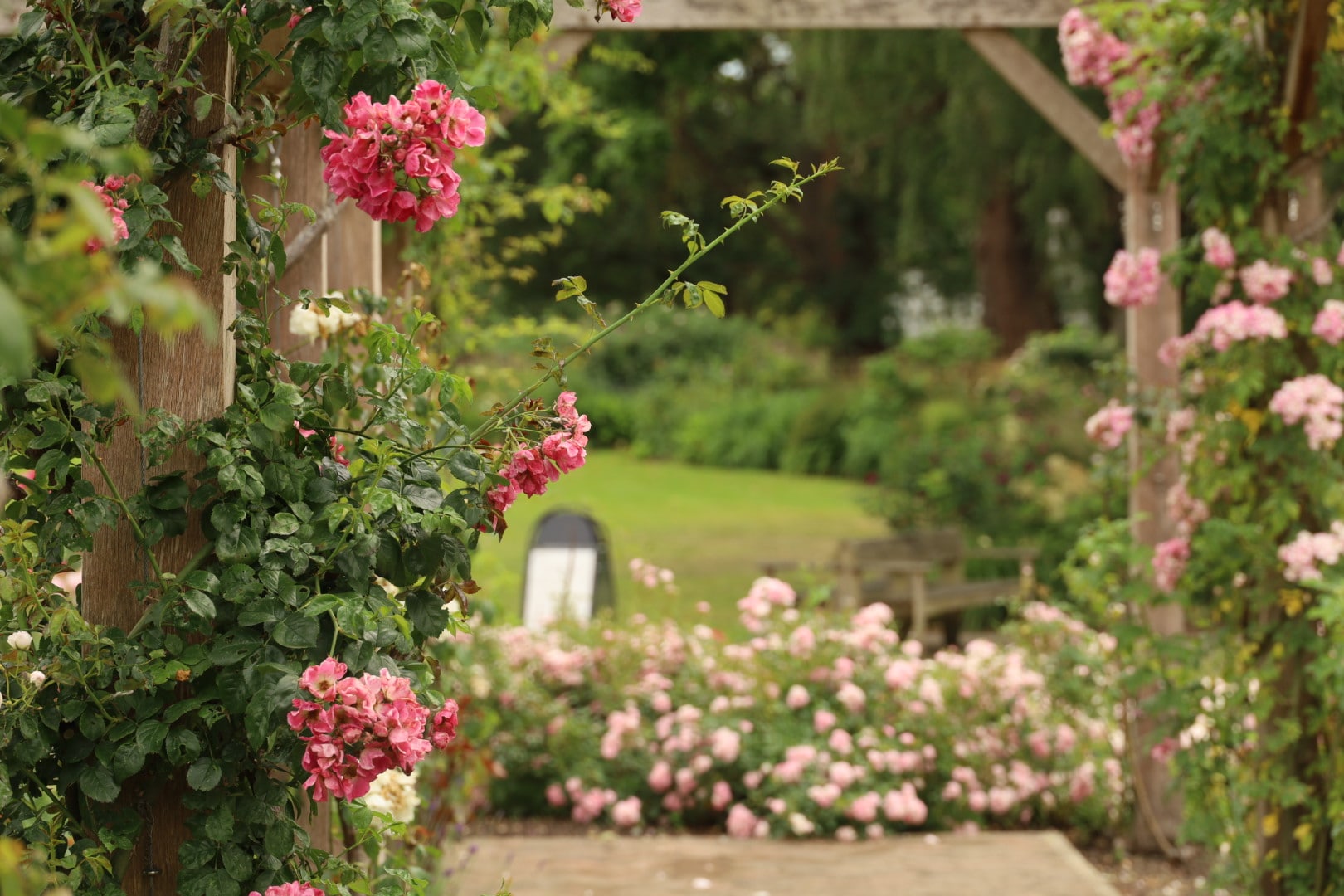
A Rose Tagger's Dream Come True
Before we explore the blooms, I must share my absolute delight with something that might seem mundane to casual visitors but thrills any serious rose enthusiast: the plant tags. The labeling system at Pembroke Lodge is nothing short of exemplary. These aren't your typical flimsy plastic markers that crack after one winter or fade into illegibility after a season in the sun.
The tags here are built to last – made from aluminium and specifically the Victorian label models (A7 & P7) produced by Alitags. I'm not here for product placement, just genuine appreciation for functionality that actually works. These weatherproof labels are clearly legible, positioned thoughtfully throughout the garden, and show no signs of the wear and tear that plagues so many garden labeling systems. Each rose is properly identified with both its cultivar name and classification, making this garden a reference library as much as a visual feast. For someone like me, who believes proper documentation is the backbone of any serious rose collection, these durable tags represent the gold standard of garden curation.
It's clear that the gardeners at Richmond Park understand that a rose without proper identification is like a book without a title – beautiful, but frustratingly incomplete for those seeking to learn and reference specific varieties.
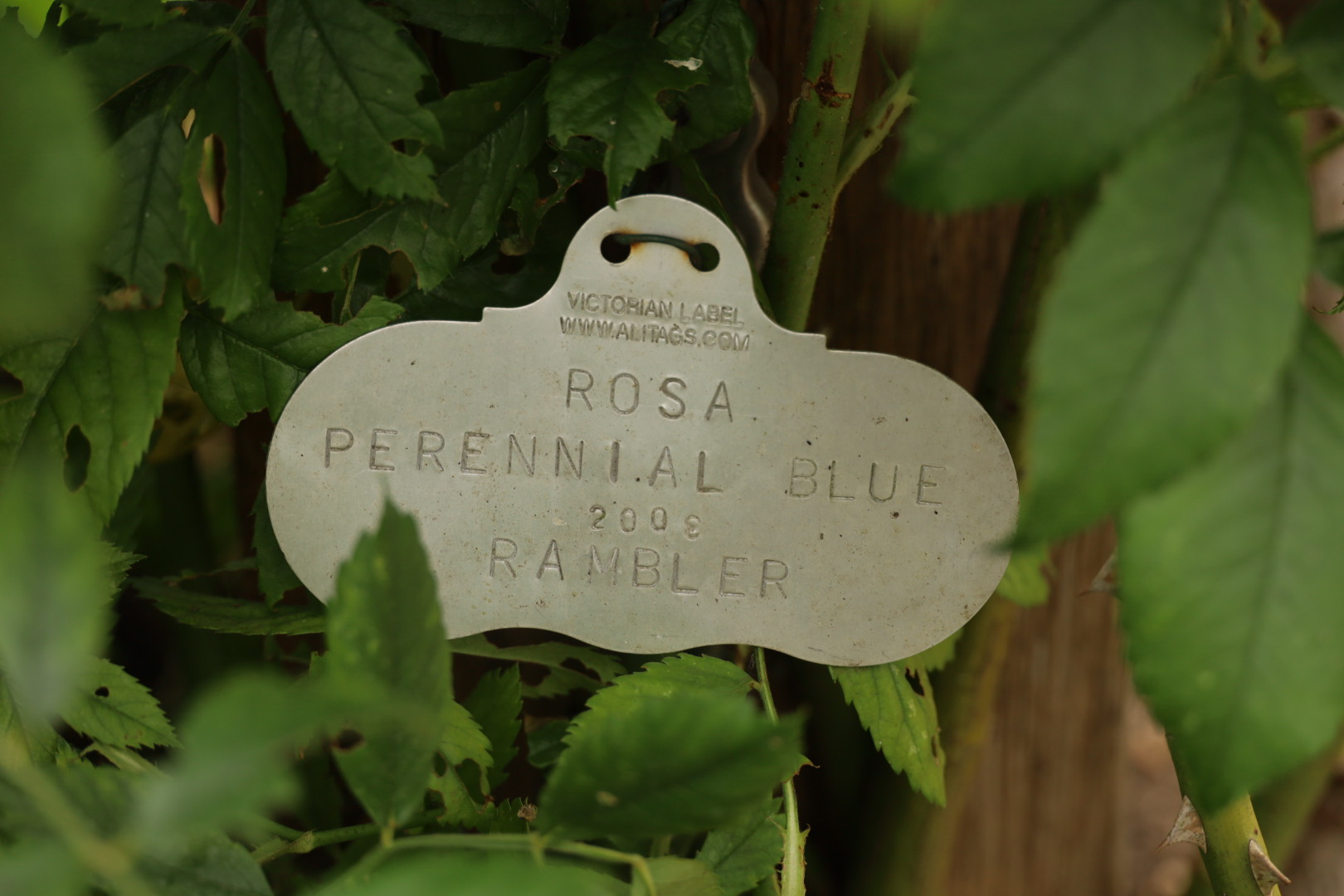
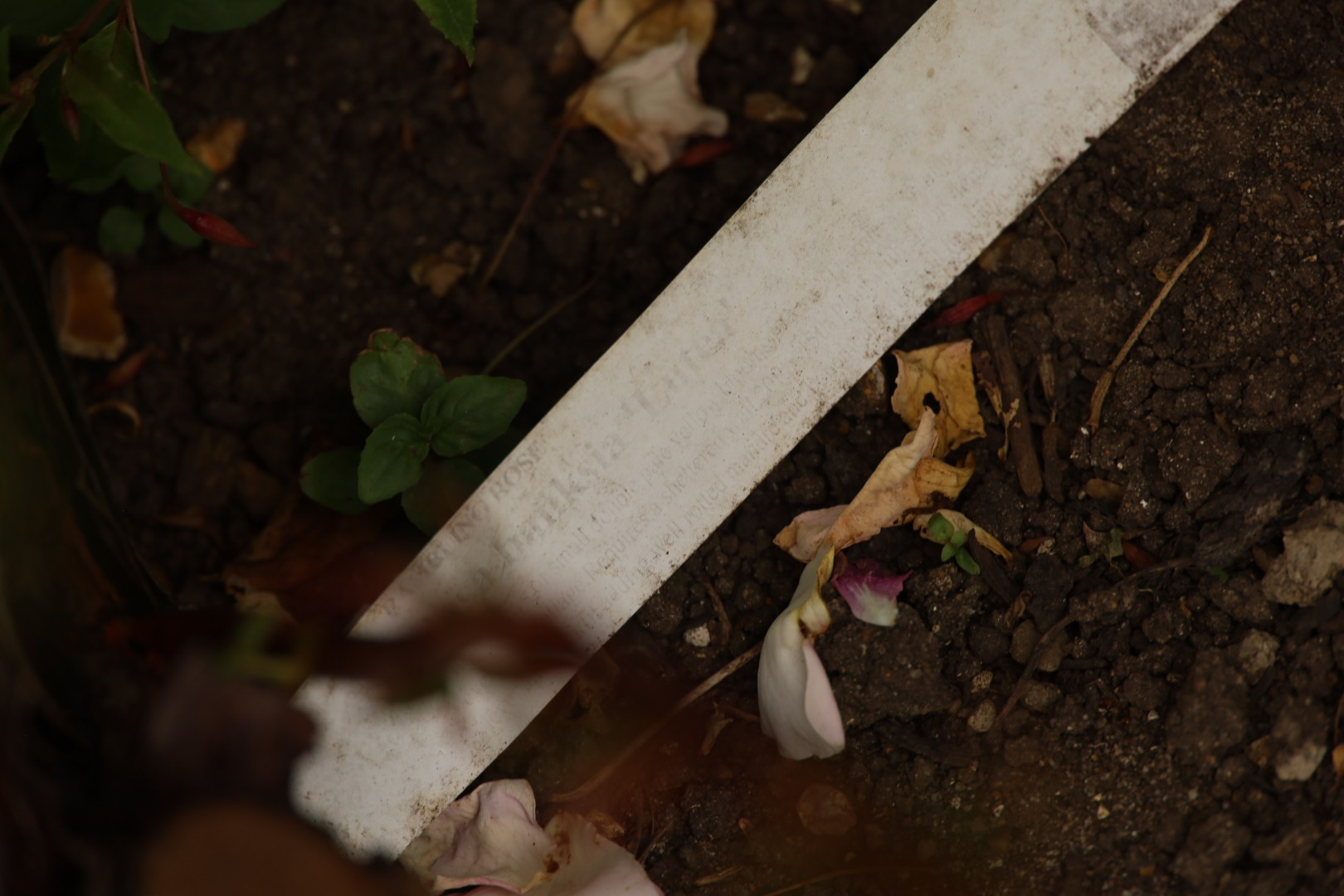
The Rose Roll Call: Varieties Spotted in Full Glory
During my recent visit, I carefully documented the varieties currently thriving in this remarkable collection. Each rose has earned its place through proven performance in London's challenging climate, creating a curated selection that represents both classic favorites and contemporary stars.
List of Roses growing in the Rose Pergola Area:
- Rosa Eden Rose 88/'Meiviolin' - 1988 - Climber
- Rosa Perennial Blue/'Mehv9601' - 2008 - Rambler
- Rosa MME Alfred Carrière - 1879 - Climber - white rose
- Rosa Beatrix Potter/"Beafolly" - Modern shrub rose - 2010
- Rosa American Pillar - 1902 - Rambler
- Rosa City of York - 1945 - Climber
- Rosa Dublin Bay - 1974 - Climber
- Rosa School Girl/"SchoolGirl" - 1964 - Climber
- Rosa Generous Gardener - 2002 - Climber
- Rosa Danse De Feu/Danse Du Feu -1958 - Climber
- Rosa Constance Spray - 1961 - Climber
- Rosa Chris - Climber
- Rosa banksiae LUTEA - Climber
- Rosa Gregoire Staechelin - Climber
- Rosa "New Down" - Climber
- Rose Blush Rambler
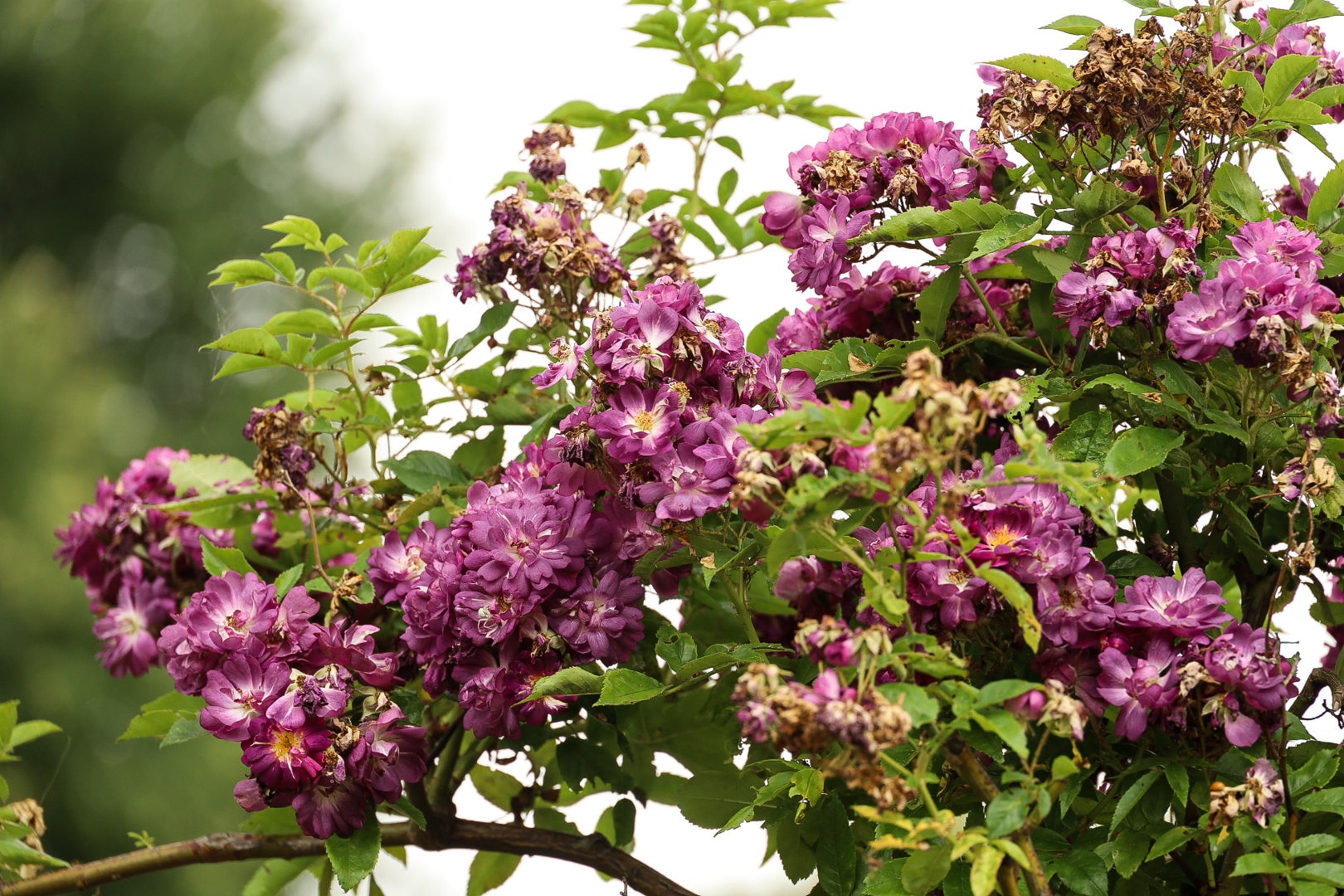
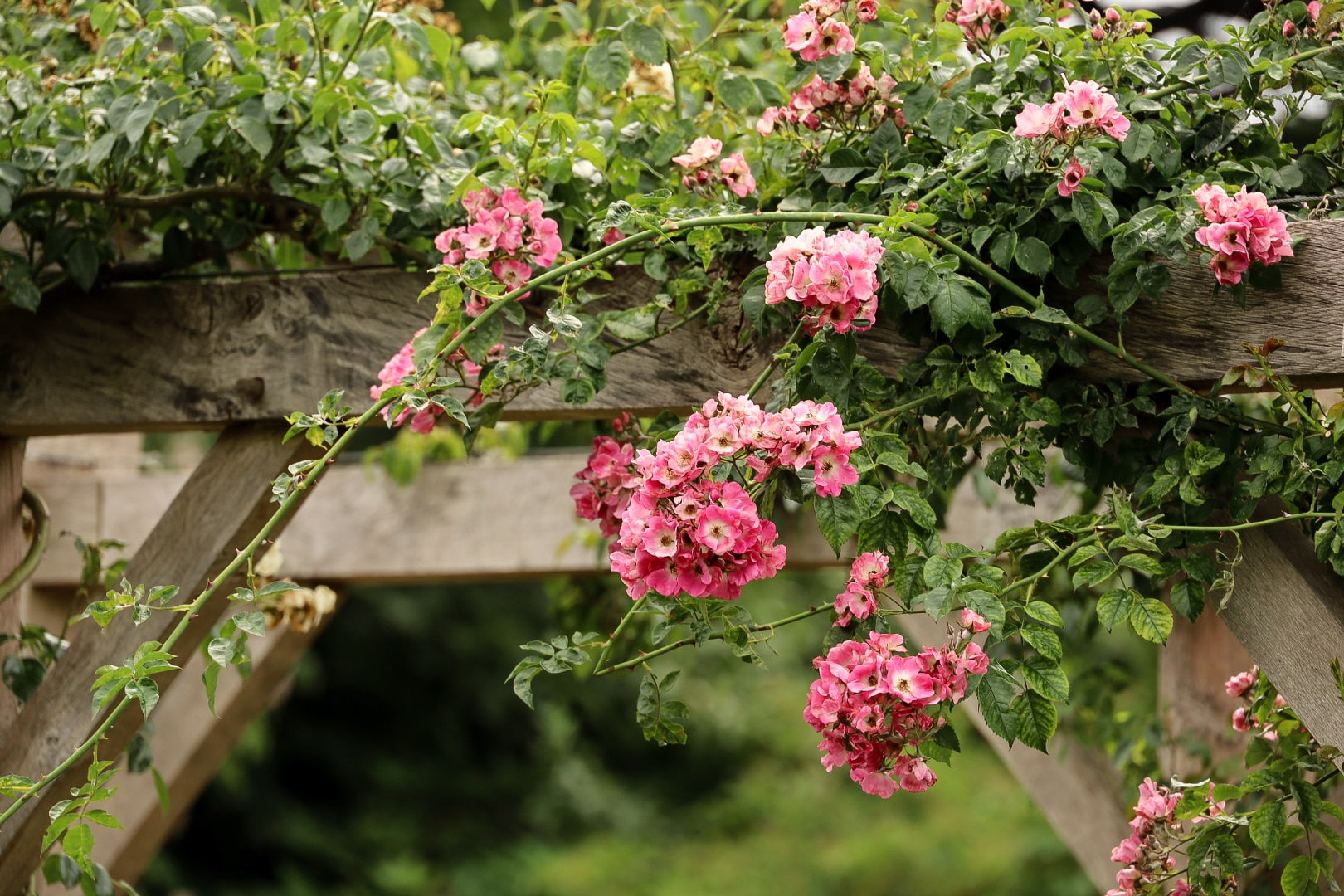
Other roses in the garden:
- Rosa o. on of Dem - very fainted label, I could not locate the metal tag on this rose bush
- Rosa Alba Maxima - Old Rose
- Rosa 'Gros Chou de Hollande' - bred before 1589 - Old Rose – Centifolia Hybrid
- Rosa Sericea Pteracantha - Shrub Rose - the one with interesting spikes
- Rosa Golden Wings - Shrub Rose
- Rosa Blanc Double De Coubert - 1852 - Old Rose
- Rosa "Roseraie De L'Hay' - Shrub Rose
- Rosa Willmottiae/Willmott's Rose - Wild Rose
- Rosa Xanthina var. spontanea 'Canary Bird' - Wild Rose
- Rosa Californica/Californica 'Plena' - Wild Rose
- Rosa Dupontii - Shrub Rose
- Rosa Canina 'Andersonii' - Wild Rose
As any dedicated rose documenter knows, some specimens always manage to escape identification on the first visit – this list captures what I was able to confirm, with more detective work still ahead.
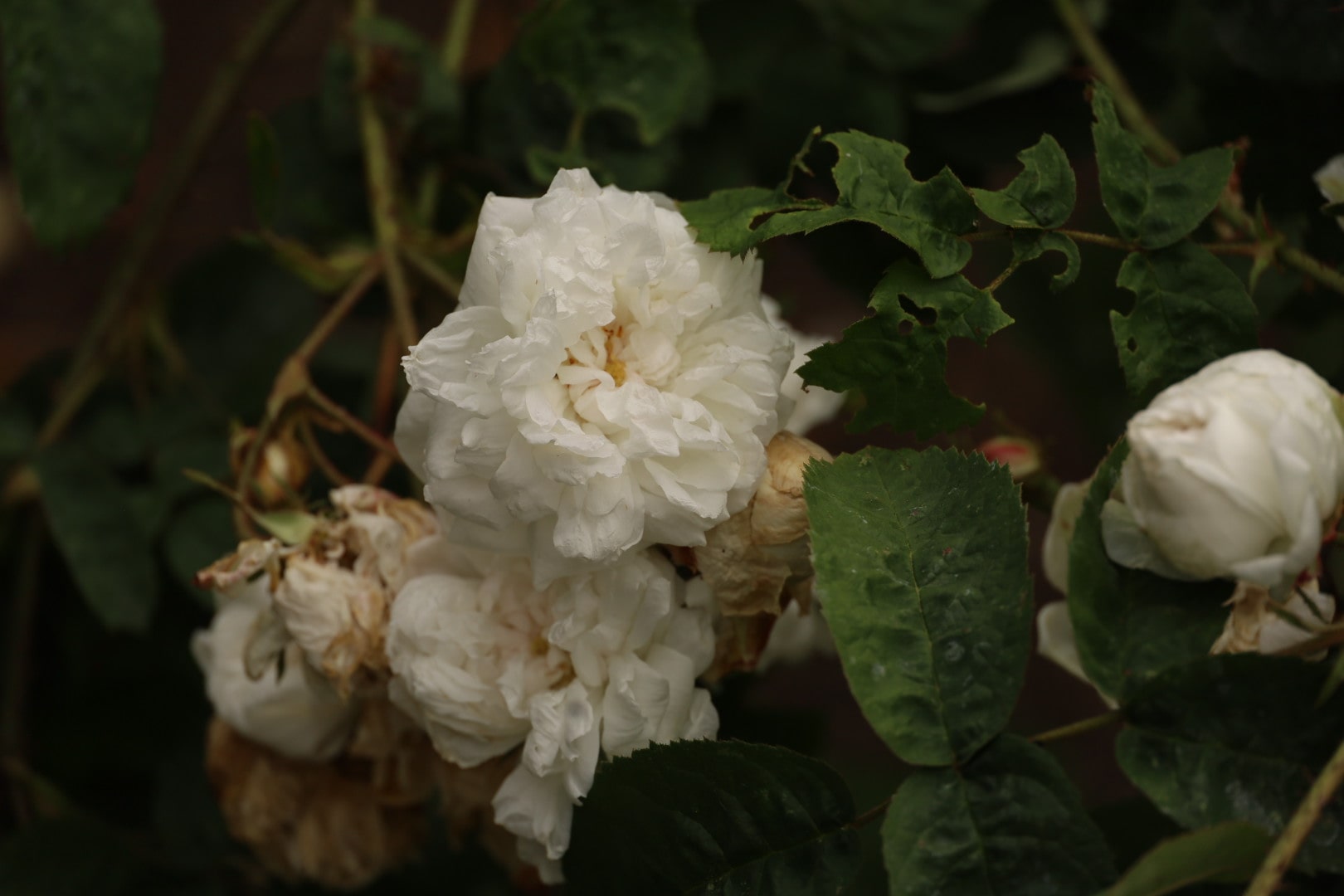
Heritage and Old Garden Roses
The garden pays beautiful homage to rose history with several classic varieties that have been enchanting gardeners for generations. These time-tested beauties demonstrate the enduring appeal of traditional rose breeding, offering intense fragrance and romantic flower forms that modern roses sometimes sacrifice for disease resistance or repeat flowering.
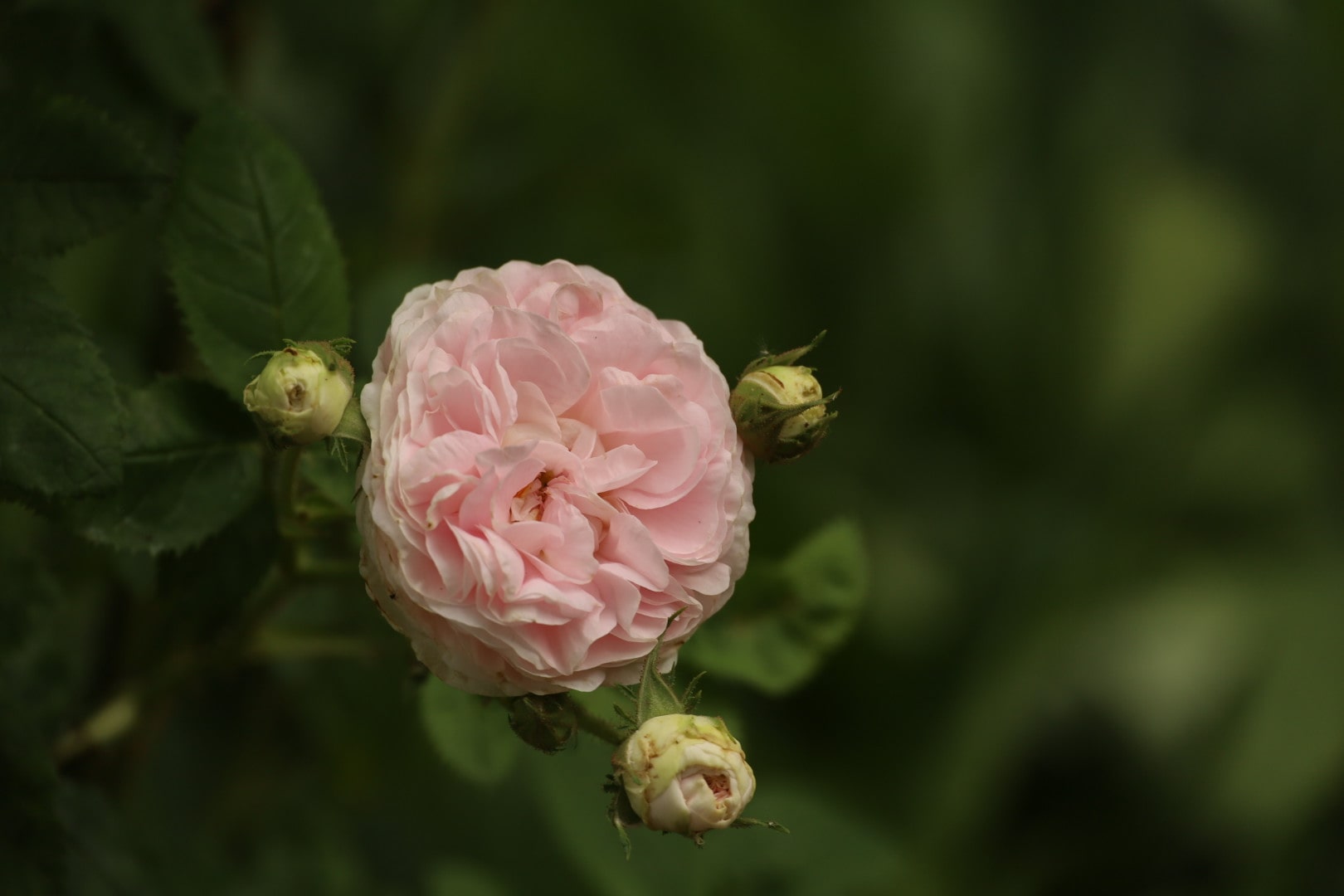
Modern Shrub and English Roses
David Austin's English Roses feature prominently in the collection, and for good reason. These varieties combine the best of old and new rose breeding – the romantic, full-petaled blooms and intense fragrance of heritage varieties with the disease resistance and repeat flowering of modern roses. Seeing them in this setting, thriving in Richmond's climate, provides valuable insight into which varieties perform best in similar conditions.
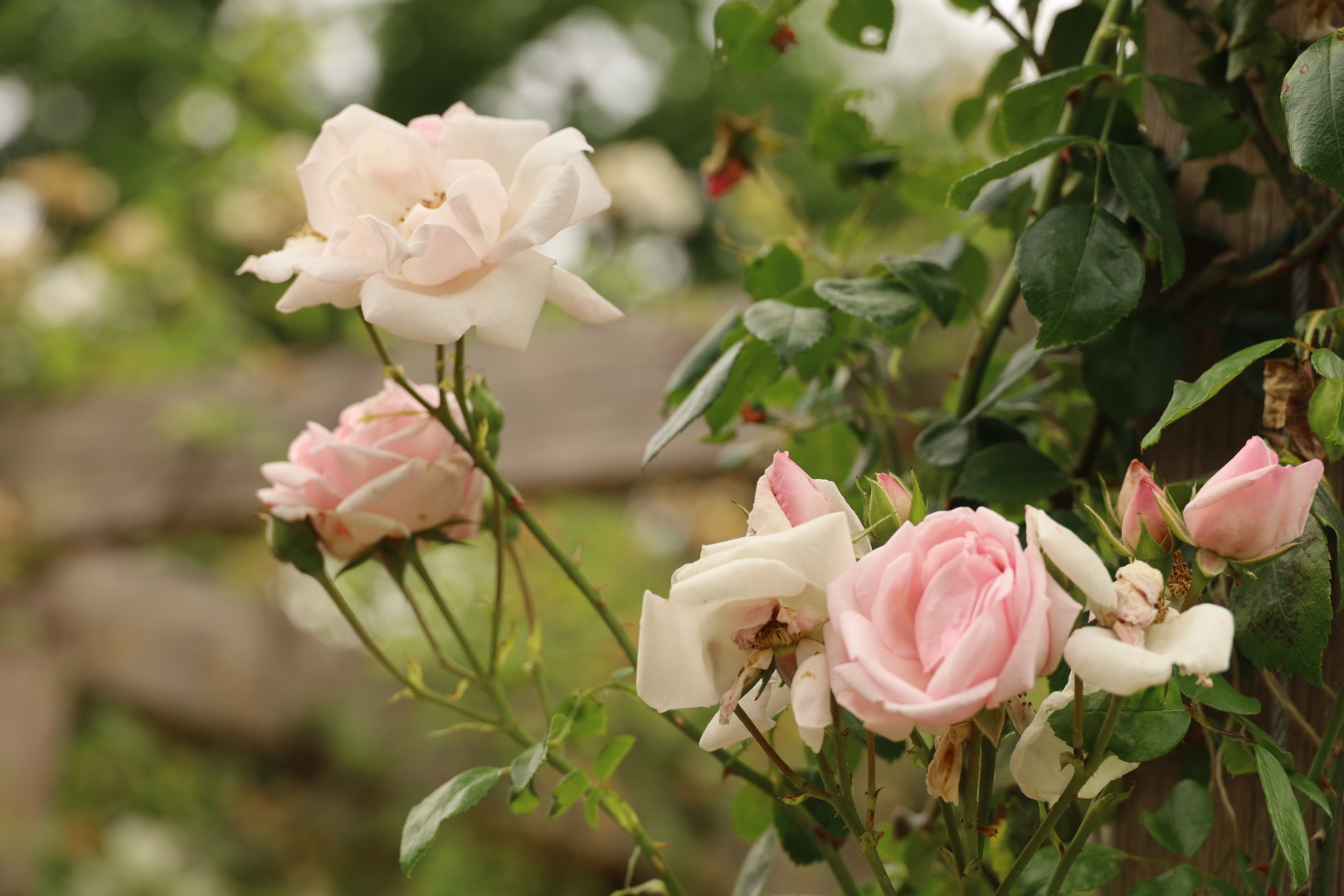
Climbing and Rambling Roses
The vertical elements in the garden are provided by carefully chosen climbers and ramblers that add height and drama to the planting scheme. These varieties demonstrate how roses can be used architecturally in garden design while still delivering spectacular floral displays.
Floribunda Favorites
Reliable, repeat-flowering Floribundas provide continuous color throughout the growing season. The varieties chosen for Pembroke Lodge represent some of the finest examples of this practical yet beautiful class of roses.
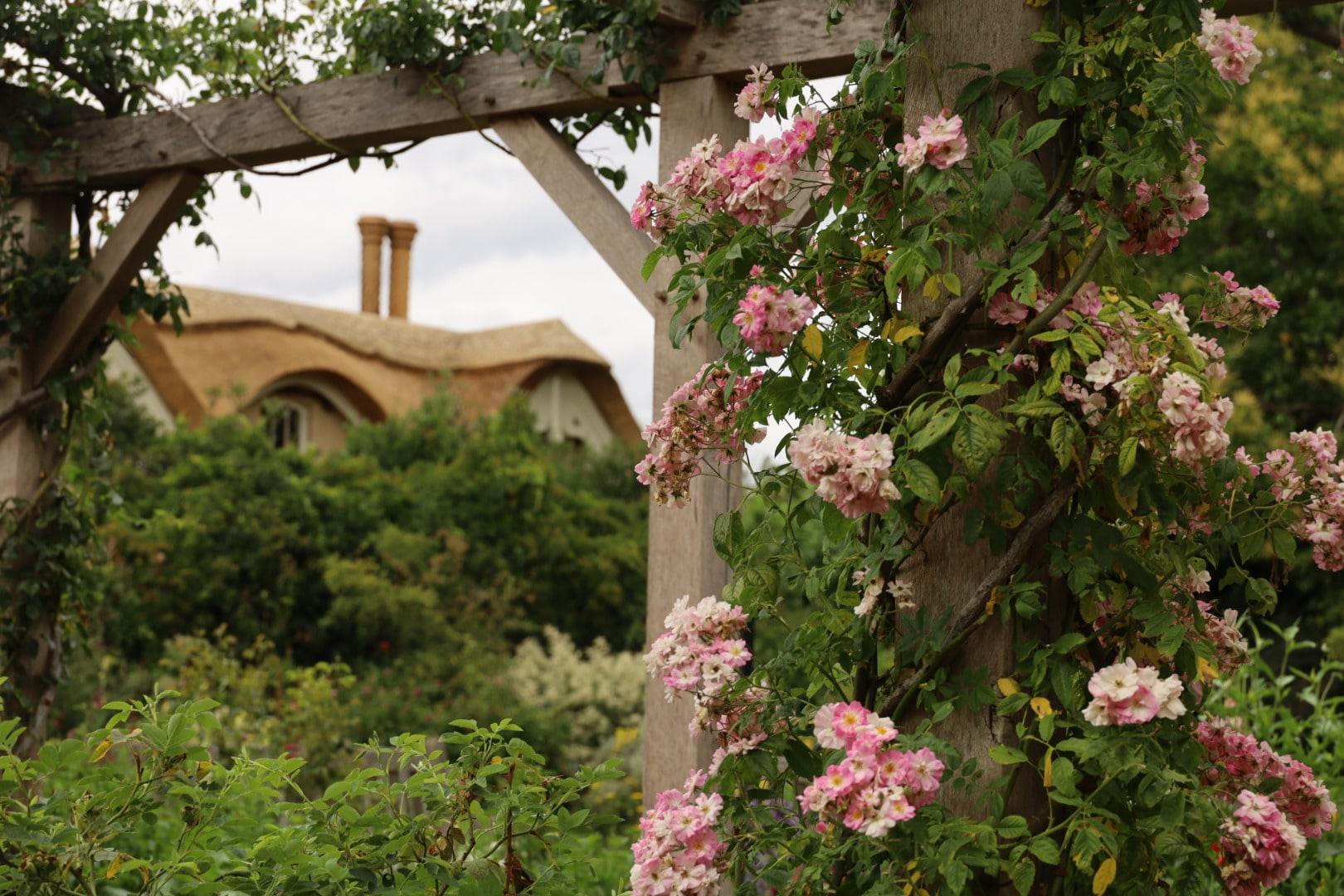
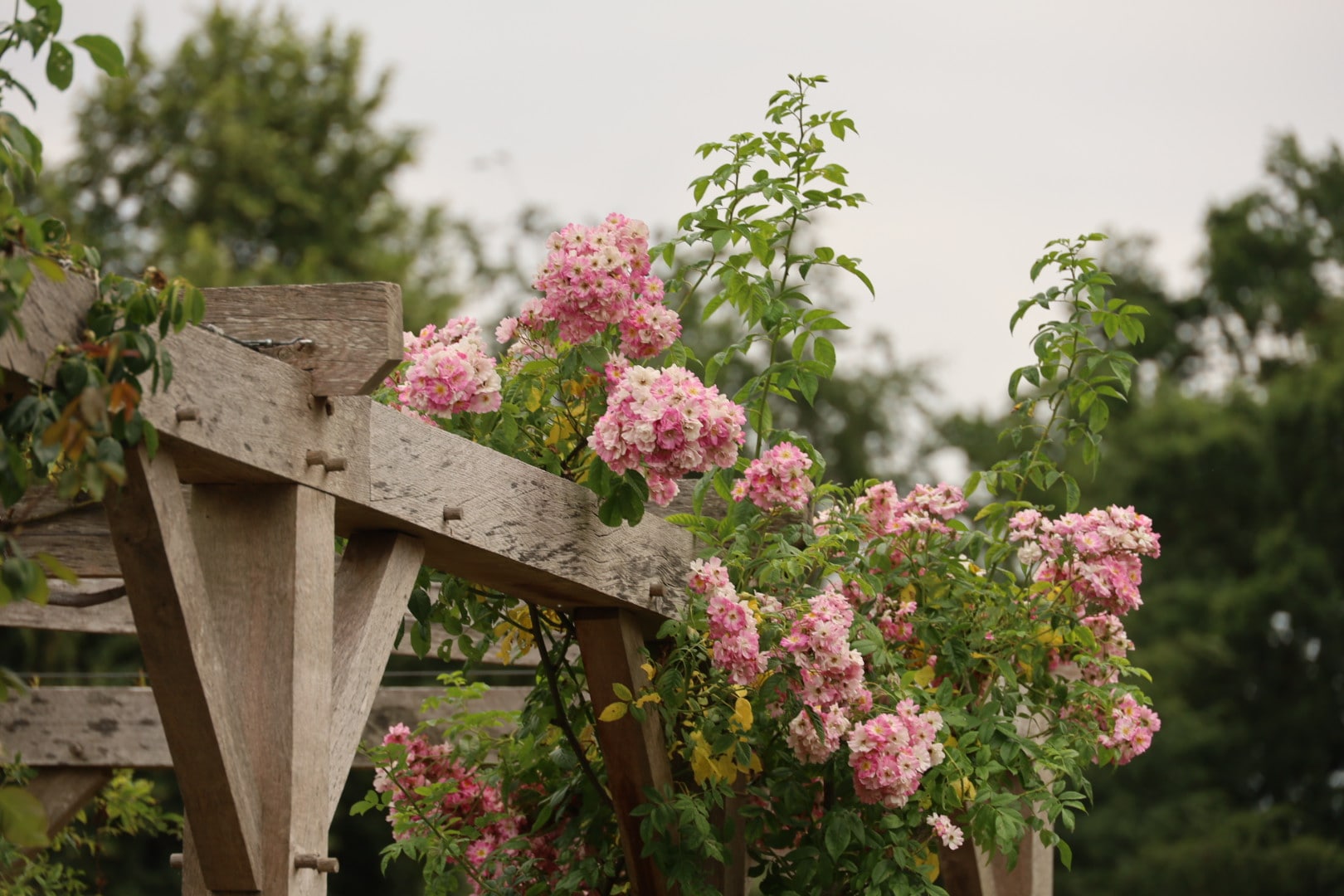
Why This Collection Matters
What makes the Pembroke Lodge Rose Garden particularly valuable to rose enthusiasts is its role as a living reference library. Unlike private gardens where access might be limited, or commercial rose fields focused on production rather than education, this public space allows visitors to observe, study, and appreciate a carefully curated selection of proven performers.
The combination of thoughtful plant selection, excellent cultivation, and superior labeling creates an invaluable resource for anyone serious about roses – whether you're a beginner seeking reliable varieties for your first rose bed, or an experienced grower looking to expand your collection with time-tested choices.

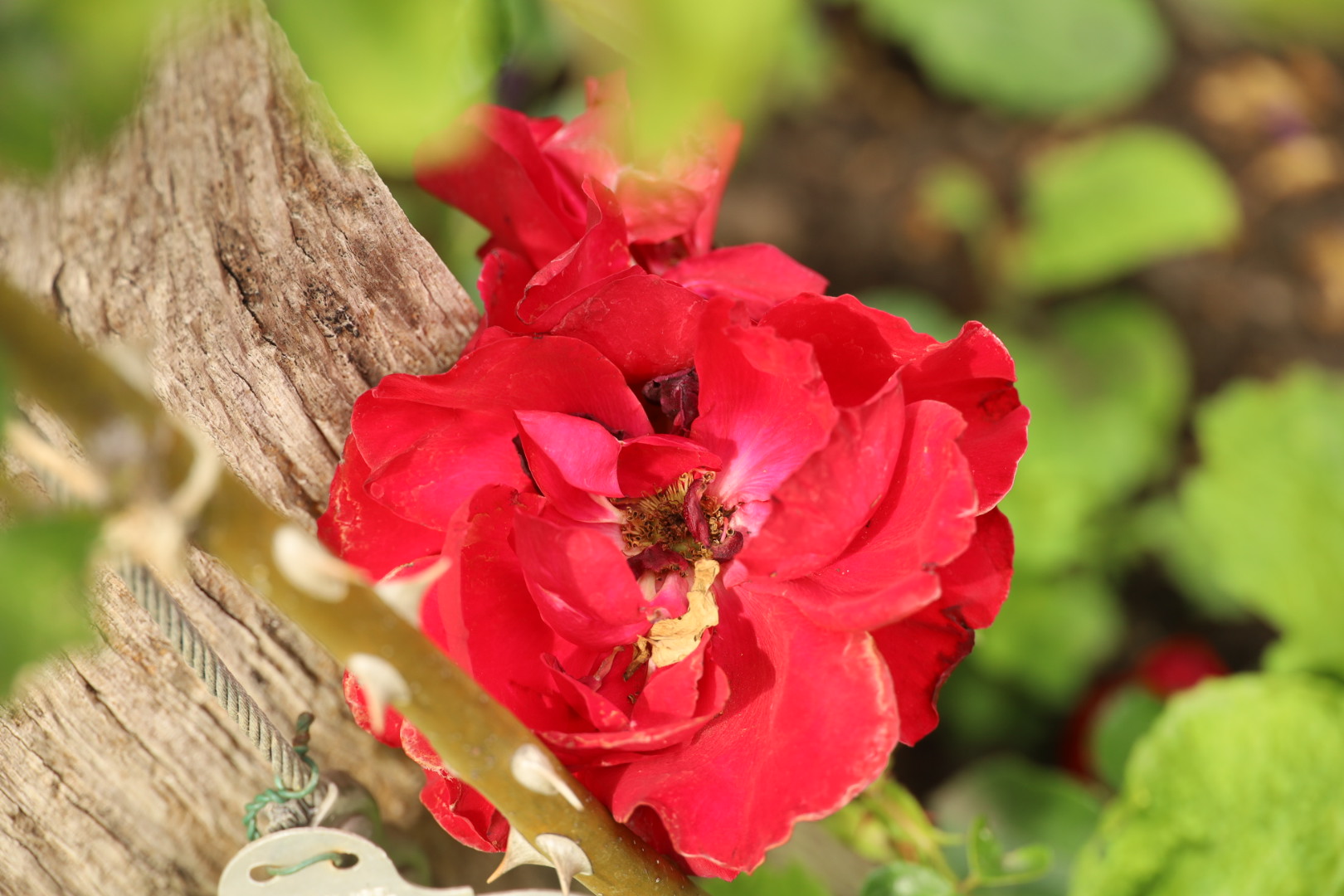
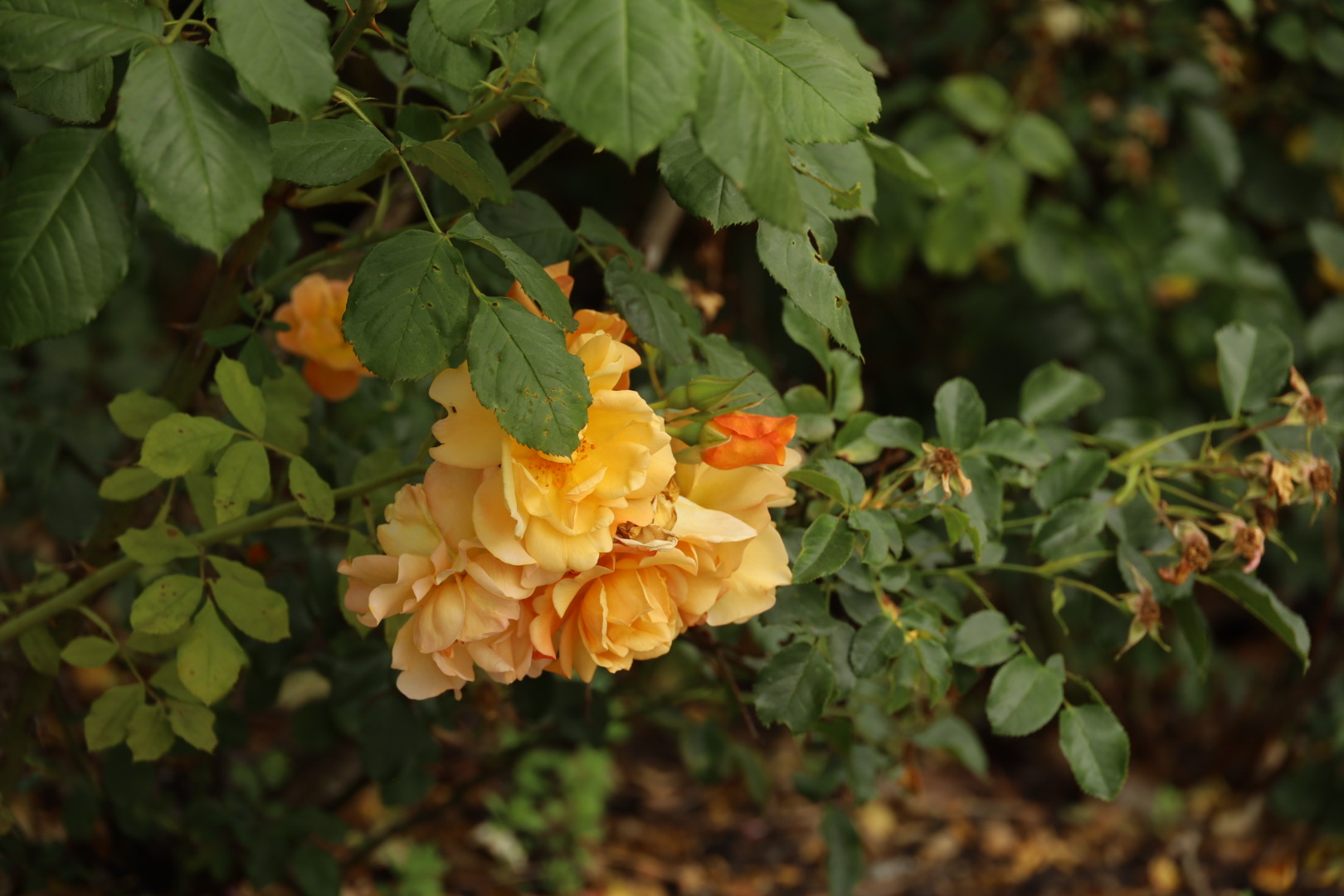
A Model for Rose Garden Documentation
The attention to proper plant identification at Pembroke Lodge sets a standard that other public gardens would do well to follow. Those durable, clearly marked tags transform a casual garden visit into an educational experience. They allow visitors to connect the roses they admire with specific varieties they might grow in their own gardens.
For fellow rose documentation enthusiasts, this garden represents everything we hope to see: beauty paired with knowledge, accessibility combined with expertise, and the understanding that proper identification enhances rather than detracts from the aesthetic experience.
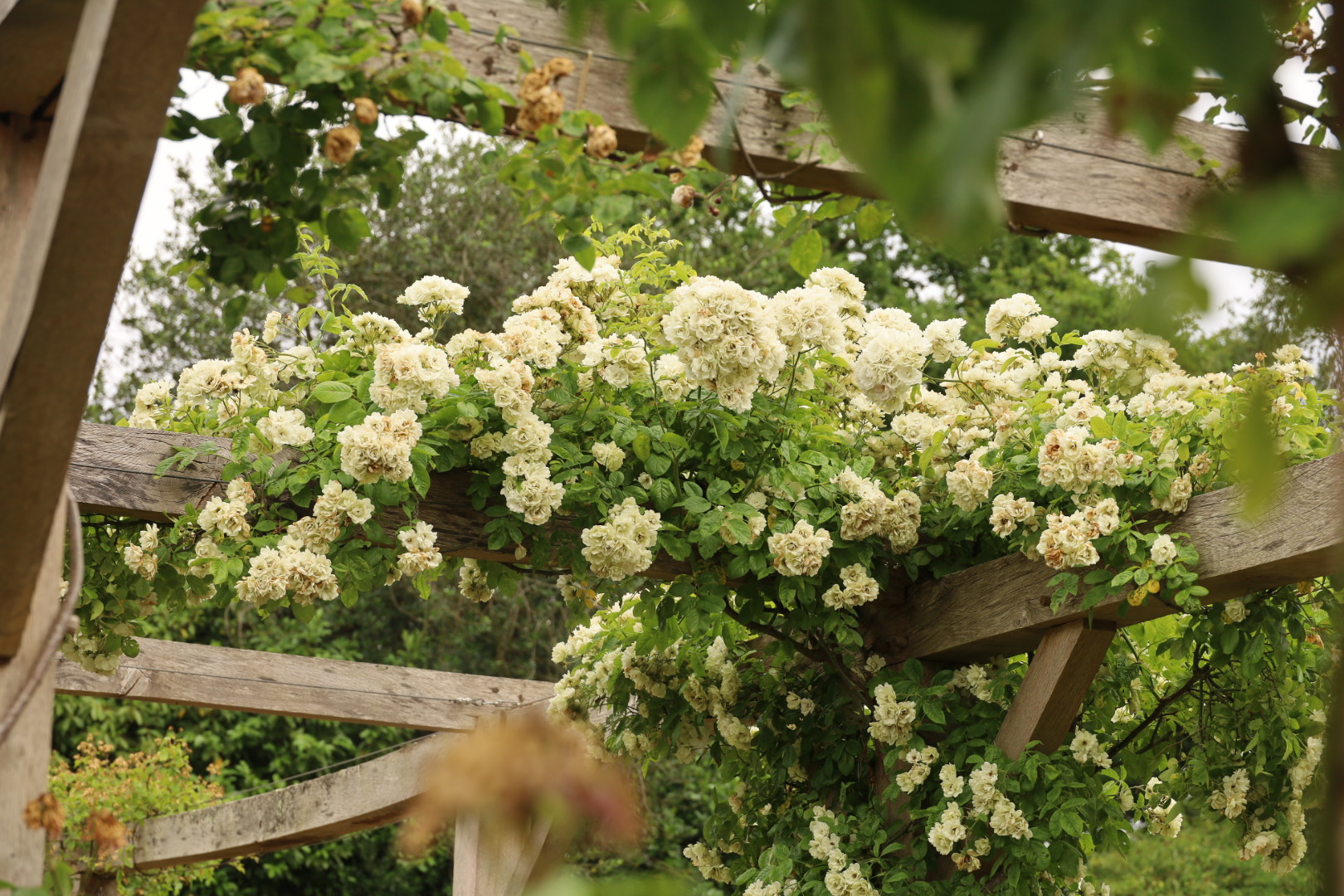
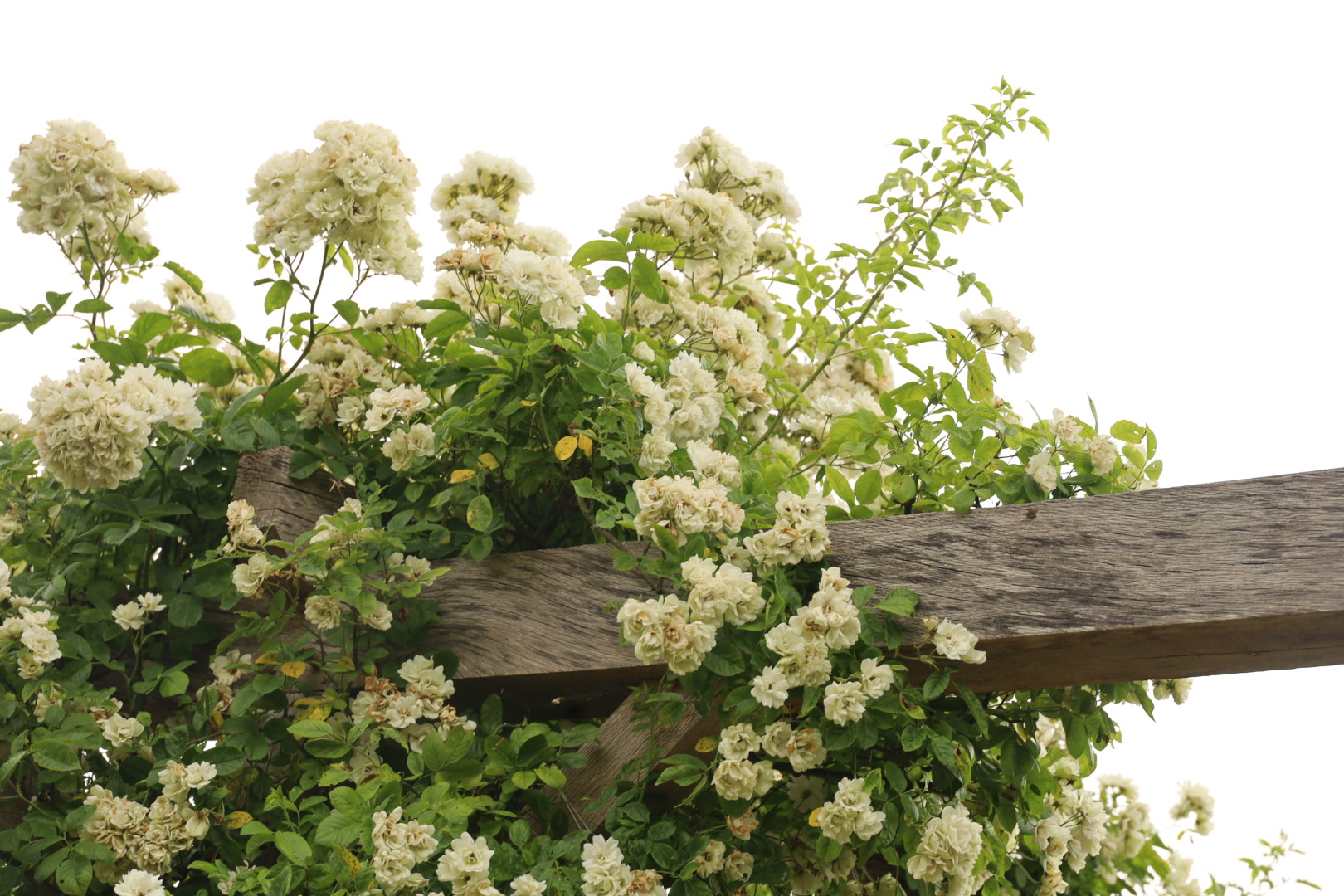
Planning Your Visit
The Rose Garden at Pembroke Lodge offers something for every rose lover, from the casual admirer to the serious collector. The peak blooming season typically runs from June through September, with many varieties offering spectacular repeat performances throughout this period.
Whether you're building your own rose reference library, seeking inspiration for your garden design, or simply wanting to experience some of the finest roses thriving in a London climate, this collection delivers on every front. And for those of us who appreciate the art of proper plant documentation, it's pure perfection.
The roses at Pembroke Lodge aren't just beautiful – they're properly identified, thoughtfully arranged, and lovingly maintained. It's exactly what every rose garden should aspire to be: a place where passion for roses meets dedication to sharing knowledge, all supported by the kind of durable, clear labeling that makes learning possible and lasting.

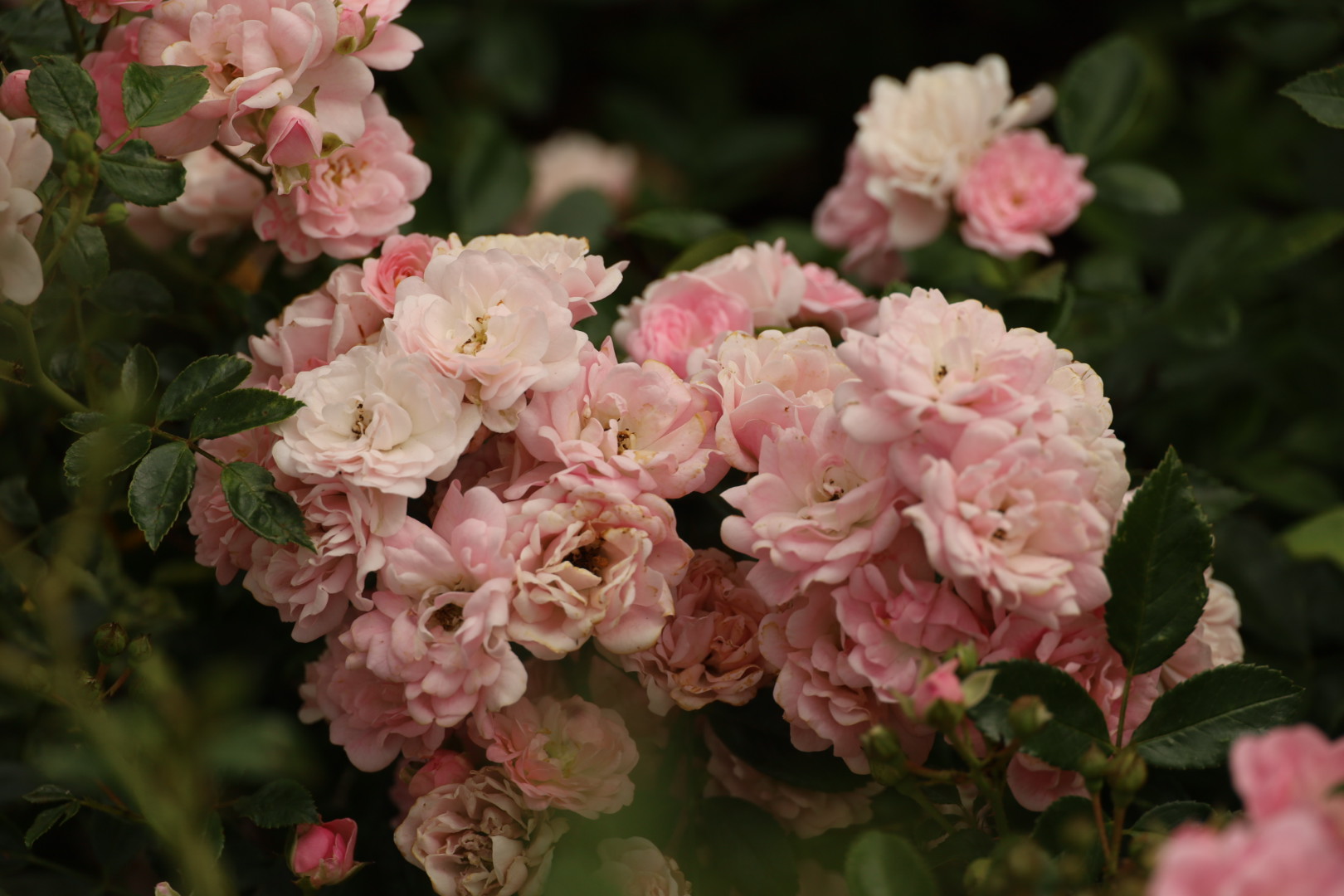
.jpeg)
